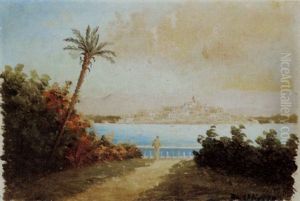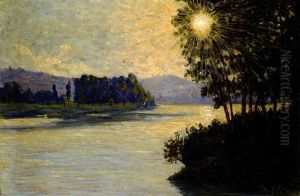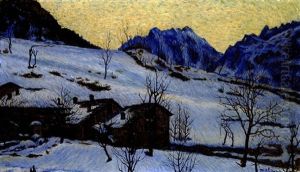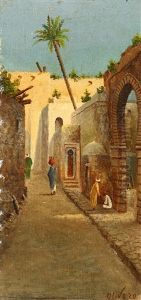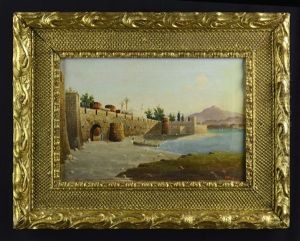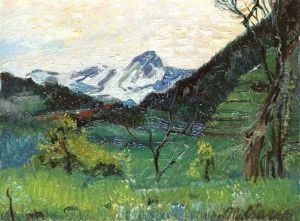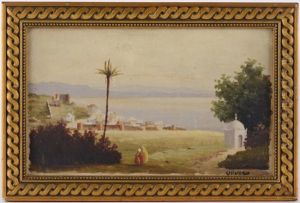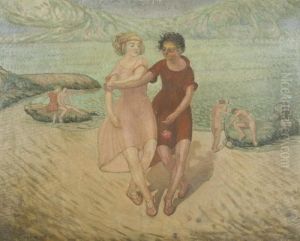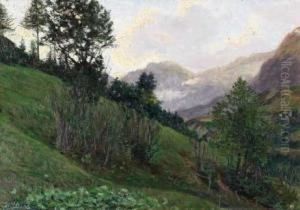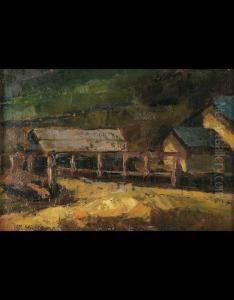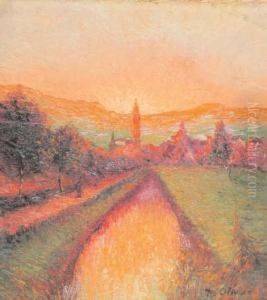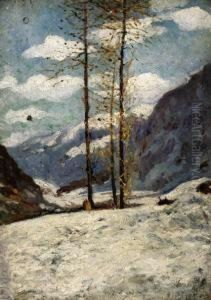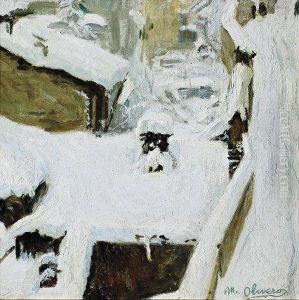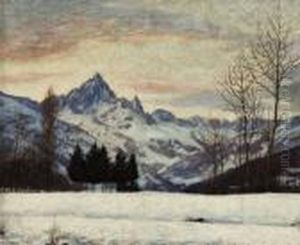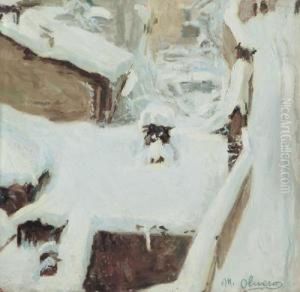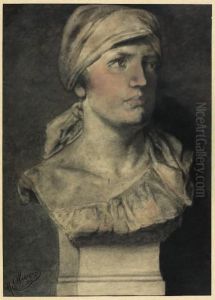Matteo Olivero Paintings
Matteo Olivero was an Italian painter, born on February 10, 1879, in Saluzzo, Piedmont, Italy. Coming from a family with artistic interests, Olivero displayed a talent for art from an early age. He pursued his artistic education at the Accademia Albertina in Turin, where he was influenced by the Symbolist movement and the works of contemporary Italian painters.
In the early 20th century, Olivero's work began to gain recognition. He painted in a variety of styles throughout his career, including Symbolist, Divisionist, and later, a return to Realism. His oeuvre includes landscapes, portraits, and historical subjects, often imbued with a poetic and introspective mood.
One of his most notable works is 'La Peste a Roma' (The Plague in Rome), which showcases his skill in depicting historical events with emotional depth and dramatic intensity. It reflects the influence of Symbolism in its evocative use of color and composition. Olivero was also known for his frescoes, which adorn various public buildings in Italy.
Throughout his career, Matteo Olivero participated in numerous exhibitions, including the Venice Biennale, and his work was well received by critics and collectors alike. Despite his artistic achievements, he never gained the same level of fame as some of his contemporaries.
Olivero's life was cut short when he died on September 27, 1932, in Saluzzo. His legacy lives on in the collections of various Italian museums and in the town of his birth, where the 'Casa Cavassa' museum holds several of his works. Olivero's contribution to Italian art is remembered for its emotional resonance, technical skill, and the subtle blend of different artistic styles that characterized the period of transition between the 19th and 20th centuries.

